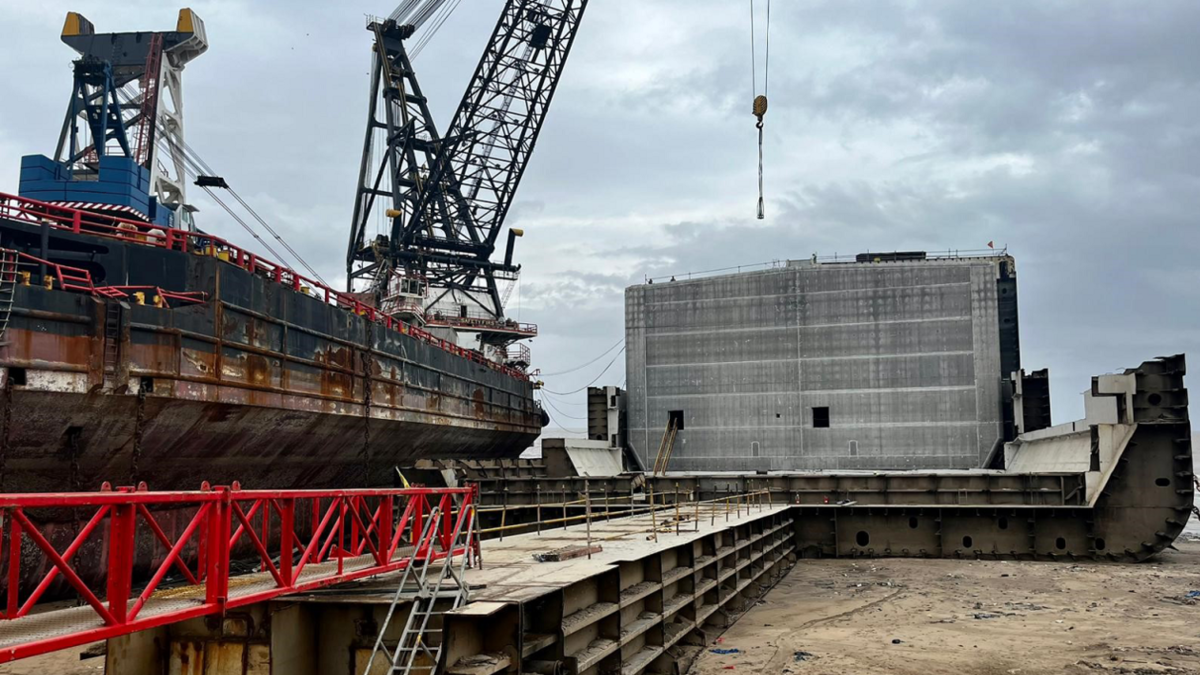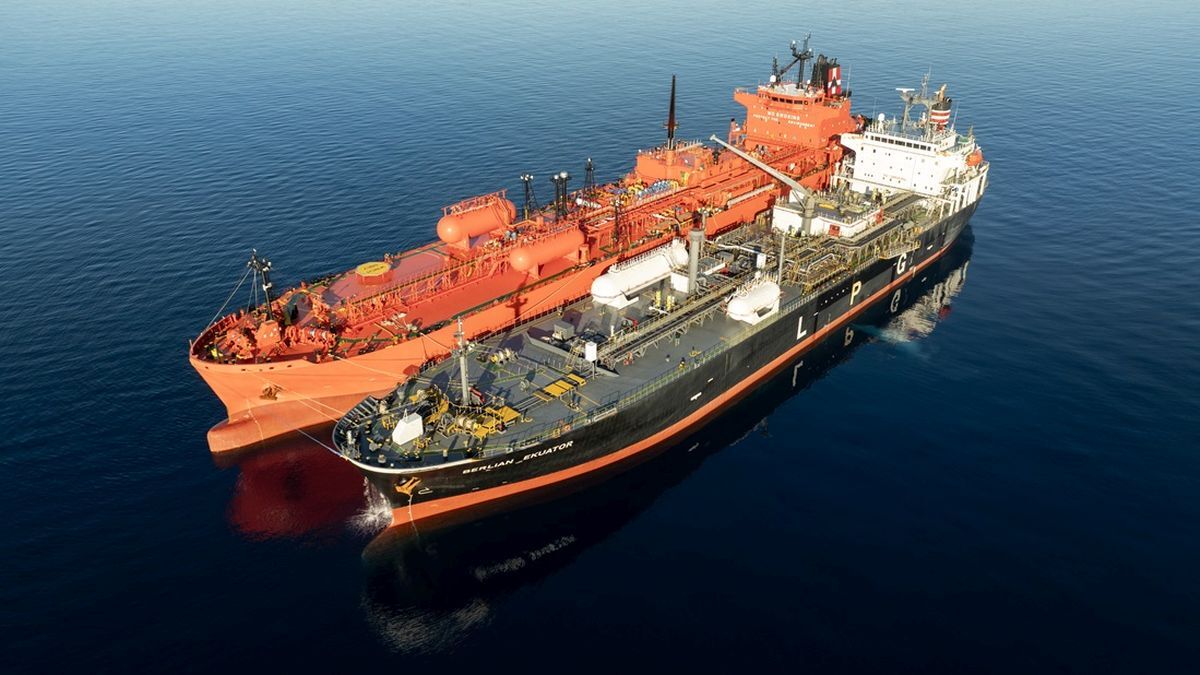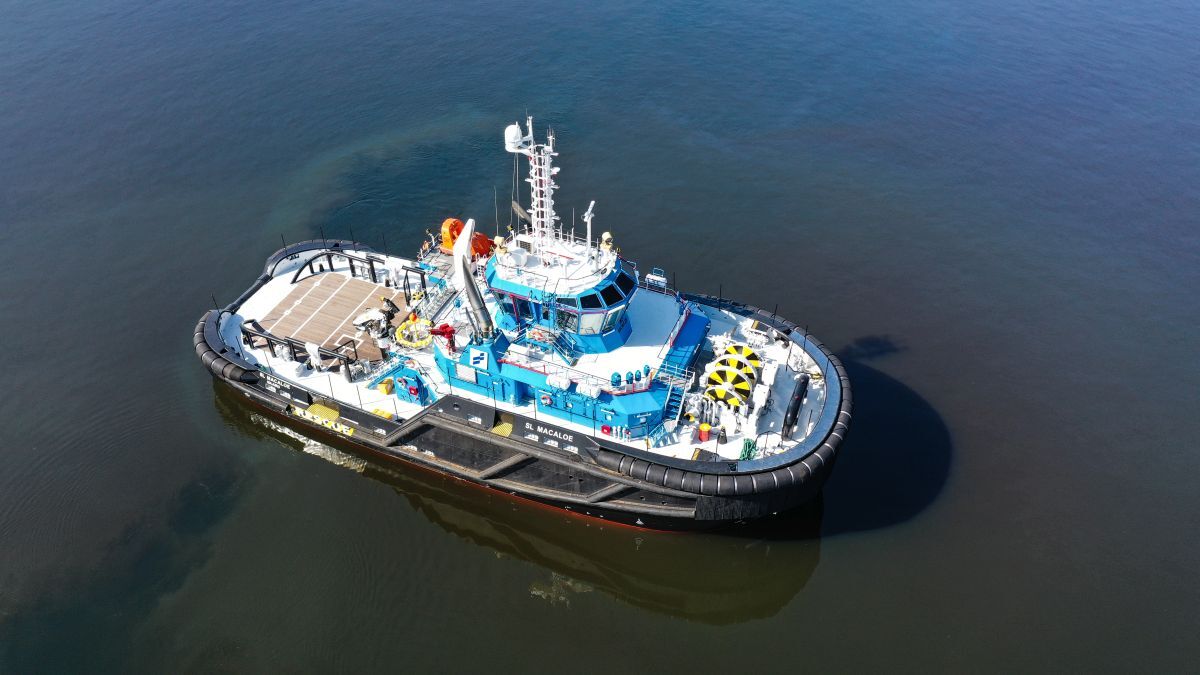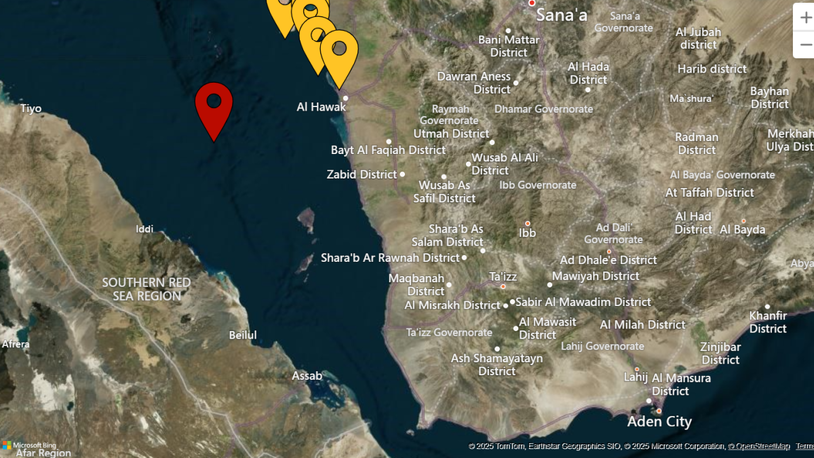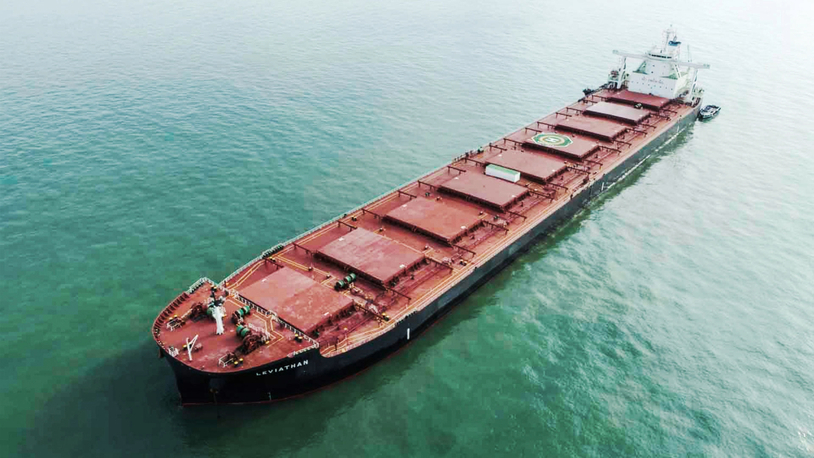Business Sectors
Events
Contents
Register to read more articles.
Report: 'Grey' tanker fleet expands by 30 vessels monthly
The grey tanker fleet has returned to growth in 2025, rebounding from a slowdown in 2024
Despite heightened Western sanctions and stricter policies, more vessels have been pushed into this shadowy segment of the market.
According to the latest weekly report from BRS Shipbrokers, the grey fleet is expanding at a rate of approximately 30 vessels per month. The brokerage estimates the current fleet at 1,140 ships totalling 127M dwt, comprising oil tankers over 3,000 dwt, but excluding specialised and gas tankers. At the end of December 2024, the fleet stood at 930 vessels (110M dwt), highlighting a significant year-to-date increase.
BRS further estimates that 977 ships over 34,000 dwt, amounting to 126M dwt, now belong to the grey fleet. This represents a striking 17% of the global tanker fleet in that size category. Within this segment, the fleet includes 166 VLCCs and 133 Suezmaxes, meaning the grey fleet now accounts for 18% of total global oil tanker capacity.
The impact of sanctions
BRS Shipbrokers noted the growing number of sanctioned vessels is having a clear impact on grey fleet’s composition. A year ago, only 191 tankers (roughly 25% of the grey fleet) were considered sanctioned, primarily due to indirect links to Iran, Russia or Venezuela through their owners or operators. Today, that number has surged to 886 vessels, representing 78% of the current grey fleet.
Analysts highlighted a growing market argument where heightened sanctions are encouraging the repurposing of older mainstream tankers into the grey fleet. While some buyers of Russian and Iranian oil reportedly prefer to charter non-sanctioned ships, the recent lowering of the Russian crude oil price cap may push more Russian barrels to be transported on grey vessels – especially if producers refuse to accept reduced prices.
This stands in contrast to the brief uptick in mainstream Russian liftings earlier this year, driven by declining oil prices. BRS concludes that, if buyers continue to avoid sanctioned tonnage, the grey fleet will likely expand further, with Aframaxes likely to be particularly in demand.
The report also highlights the increased blacklisting of ships transporting Iranian oil by the US could contribute to a further influx of VLCCs and Suezmaxes into the grey fleet. BRS expects robust Russian and Iranian oil supplies to persist through the end of the year, ensuring continued demand for this shadow fleet.
An ageing fleet
BRS estimates the average age of the grey tanker fleet is 20 years, compared with the near 15-year-old average age for the mainstream fleet. This growing age gap underscores a trend: instead of being scrapped, older tankers are increasingly sold into the grey market for continued trading.
For instance, among tankers above 34,000 dwt, 180 vessels over 15 years old have been sold for further trading so far this year, compared with just 16 demolitions. This excludes ships reported as sold for demolition that later reappear in the grey fleet.
Analysts note that exiting the grey fleet is challenging unless vessels are sold to other grey fleet operators. This is largely because cash buyers and shipbreaking yards deal in US dollars, and handling sanctioned or grey vessels exposes them to the risk of being cut off from the US financial system if enforcement actions are taken.
Still, BRS notes some tonnage-starved breakers are now willing to accept grey vessels, albeit at discounted rates. However, should demolition activity in other sectors pick up, this appetite may diminish due to the reputational and financial risks involved.
Sign up for Riviera’s series of technical and operational webinars and conferences:
- Register to attend by visiting our events page.
- Watch recordings from all of our webinars in the webinar library.
Related to this Story
Events
Offshore Support Journal Conference, Americas 2025
LNG Shipping & Terminals Conference 2025
Vessel Optimisation Webinar Week
© 2024 Riviera Maritime Media Ltd.


